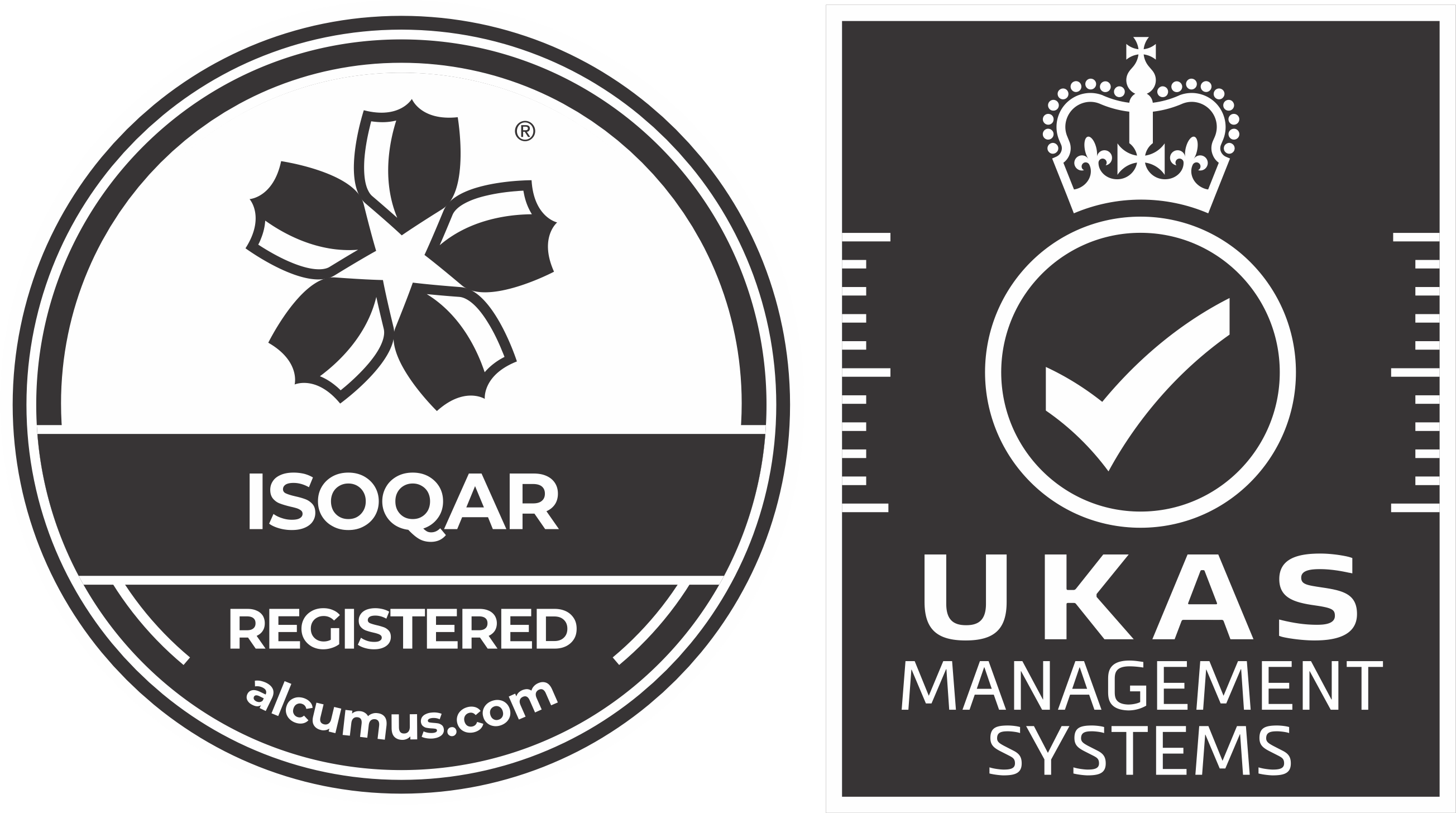Respiratory & Antihistamine
Respiratory and antihistamine medicine are medications that help treat various conditions affecting the respiratory system, such as allergies, asthma, bronchitis, and sinusitis. Don Valley Pharma is leading Respiratory and antihistamine manufacturer drugs in Pakistan.
Generic: Aminophyllin + Ammonium chloride + Diphenhydramine
Composition: 32mg + 30mg + 8mg/5ml
Generic: Montelukast
Composition: 10mg/Tablet
Generic: Loratadine
Compostion: 10mg/Tablet
Generic: Cetirizine HCl
Composition: 10mg/Tablet
OTHER RESPIRATORY & ANTIHISTAMINE PRODUCTS
| Sr. # | Brand Name/Form | Generic/Composition | Pack Size |
|---|---|---|---|
| 1 | Orolin Syrup | Each 5ml contains: Aminophyllin…………………………………….……32mg Ammonium chloride………………………………...30mg Diphenhydramine……………………………………..8mg | 120ml |
| 2 | Orolin DM Syrup | Each 5ml contains: Dextromethorphan…………………………………6.25mg Diphenhydramine……………………………………...5mg | 60ml |
| 3 | Haiskast Tablet | Each Tablet contains: Montelukast…………………………………......……10mg | 14's |
| 4 | Resotin Tablets | Each Tablet contains: Loratadine……………………………………………10mg | 10's |
| 5 | Virtec Tablets | Each Tablet contains: Cetirizine HCl……………………………………..….10mg | 10's, 200's & 500's |
| 6 | Donrius Oral Liquid | Each ml contains: Desloratadine…….………………………………...0.5mg | As per requirement |
| 7 | Fexodon Suspension | Each 5ml contains: Fexofenadine HCl…………………………………...30mg | As per requirement |
Respiratory Drugs Manufacturer in Pakistan
What are respiratory drugs?
Respiratory drugs causes widening of the airway by relaxing bronchial smooth muscles by stimulating beta receptors.
Common respiratory diseases
Asthma
- Asthma is a chronic disease characterized by hyper responsive airways
Chronic obstructive pulmonary disease (COPD)
- COPD, includes emphysema and chronic bronchitis
Allergic Rhinitis
- Allergic rhinitis is characterized by itchy, watery eyes, runny nose, and a nonproductive cough associated with persisting cough
Coughing
- Coughing is an important defensive respiratory response to irritants and has been cited as the number-one reason why patients seek medical care
- A troublesome cough may represent several etiologies such as:
- The common cold
- Sinusitis
- An underlying chronic respiratory disease
Lifestyle Changes
- Respiratory conditions can be controlled through an appropriate lifestyle changes and medications
- Drugs can be delivered topically to the nasal mucosa, inhaled into the lungs, or given orally or parenterally for systemic absorption
- Local delivery methods, such as nasal sprays or inhalers, are preferred to target affected tissues while minimizing systemic side effects
- Clinically useful drugs mitigate the specific pathology, such as by relaxing bronchial smooth muscle or modulating the inflammatory response
Examples of respiratory drugs
- Bronchodilators
- Anticholinergic
- Mast cell stabilizers
- Corticosteroids
- Anti-histamines
1- Bronchodilators:
They causes widening of the airway by relaxing bronchial smooth muscles by stimulate beta receptors.
Indications/uses
- Relieving the distress of asthma
- Bronchospasm or bronchoconstriction.
Drug examples:
Salbutamol, Terbutaline, Albuterol
2- Anticholinergic:
These drugs are weak CNS stimulants that are powerful smooth muscle relaxants thus they relax the smooth muscle of bronchi. They also have diuretic effect.
Indication/Uses
- To treat and prevent bronchospasm.
- To treat asthma, bronchitis, emphysema
Drug examples
Theophylline, Etiophylline, Aminophylline
3- Mast cell Stabilizers
Mast cell stabilizers works to prevent allergy cells called mast cell from breaking open and releasing chemicals that help to cause inflammation.
They inhibit mast cell activity, thus prevent the release of allergic mediators like histamine, serotonin, prostaglandins, cytokines. These chemical are essential for an inflammation and allergic reactions.
Indication / uses
- Prevent asthma symptoms from occurring or prophylaxis to asthmatic attack.
- To decrease inflammation or bronchospasm.
- To decrease allergic reactions.
- Rhinitis/conjunctivitis.
Drug examples
Cromolyn sodium, Sodium cromoglicate
4- Anti-Inflammatory Drugs (Cortico-steroids)
These drugs have antiinflammatory as well as antiallergic actions thus they are effective in bronchial asthma.
They prevent the release of or counteract the bronchial mediators (Kinins, serotonin, Histamine) that cause tissue inflammation responsible for edema and airway narrowing.
Indication/uses
- Chronic bronchitis.
- Allergic Rhinitis.
- Respiratory inflammatory disorders.
- Bronchial asthma.
- Prophylaxis in exercise induced asthma.
- Allergic reaction.
Drug examples
Prednisolone, Beclomethasone Dipropionate, Budesonide, Fluticasone, Betamethasone Valerate
5- Antihistamines
Antihistamines are the drugs used in the treatment of allergic disorders and some other conditions.
These drugs block the effect of histamine and its receptors. They also provide some sort of sedation. There are four types of antihistamines drugs.
- Highly sedatives.
- Moderate sedatives.
- Mild sedatives.
- Non sedatives.
Indications/Uses
- Allergic reactions (Hay fever, vasomotor rhinitis urticaria, asthma, Anaphylaxis).
- Because of their anticholinergic actions they are used as antiemetic and useful in motion sickness. As hypnotics, Mild sedative/anxiolytics.
- Parkinsonism.
Drug Examples
Diphenhydramine, Promethazine, Hydroxyzine
6- Mucolytics
These drugs reduced the viscosity of sputum that leads to easily expel the sputum.
Decrease mucous viscosity by breaking or altering mucoproteins present in sputum.
Indications/uses
- To treat abnormal viscid, or thick and hard mucus.
- As an antidote for acetaminophen overdose (acetylcysteine)
Drug examples
Acetylcysteine, Bromhexine
7- Decongestants
A Decongestant drugs used to relieve nasal congestion in upper respiratory tracts.
Decongestants are sympathomimetic drugs that act by stimulating α (alpha) – adrenergic receptors. The decongestant effect due to vasoconstriction of the blood vessel in the nose sinuses etc. The vasoconstriction effect reduces swelling or inflammation and mucous formation in the nasal passage and make it easier to breath.
Indications /uses
- For temporary relief of nasal congestion due to common cold.
- Hay fever.
- Sinusitis.
- Upper respiratory tract allergens.
- To promote nasal and sinus drainage.
Drug examples
Oxymetazoline hydrochloride, Pseudoephedrine hydrochloride
Leading Cough Syrup Brand in Pakistan
The drug which used in cough are:
- Antitussive.
- Expectorants.
- Bronchodilators.
Antitussives (Cough center suppressant)
They are used to suppress dry cough mostly because their aim to control rather than eliminate cough. These are also called cough center suppressants.
These are the drugs that act in the CNS to increase threshold of cough center.
Indications/uses
- Dry & unproductive cough.
- Allergic cough.
- Spasmodic cough.
Drug Examples
- Opioids – Codeine, pholcodine.
- Non opioids – Noscapine, dextromethorphan.
- Antihistamine – Chlorpheniramine diphenhydramine.
Expectorants
These drugs help in removal of secretions of respiratory tract and mucolytic agents produce liquefaction of mucous making expectoration easier.
Indications/uses
- Chronic productive cough.
- Thick mucus production.
- Combinations with antitussives drugs for relieving cough.
Drug Examples:
- Bronchial secretion enhances – sodium or potassium citrate, potassium iodide, ammonium chloride.
- Mucolytes – bromhexine ambroxol, acetylcysteine.
Products by the leading respiratory drugs manufacturer in Pakistan.:
Orolin Cough Syrup, Orolin DM Syrup, Resotin, Virtec, Haiskast
















